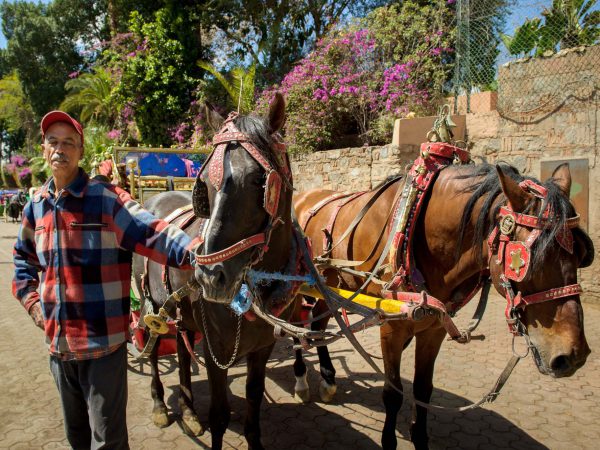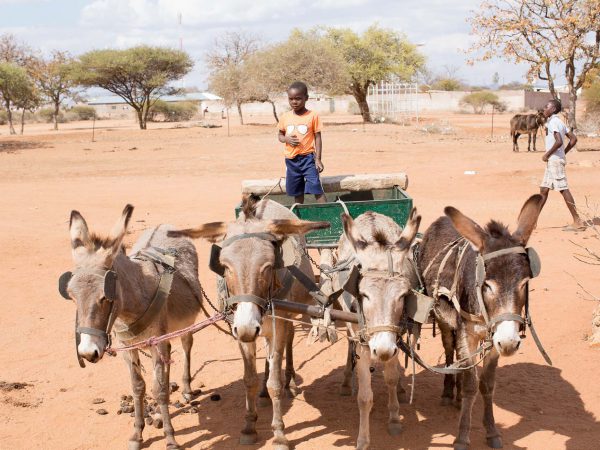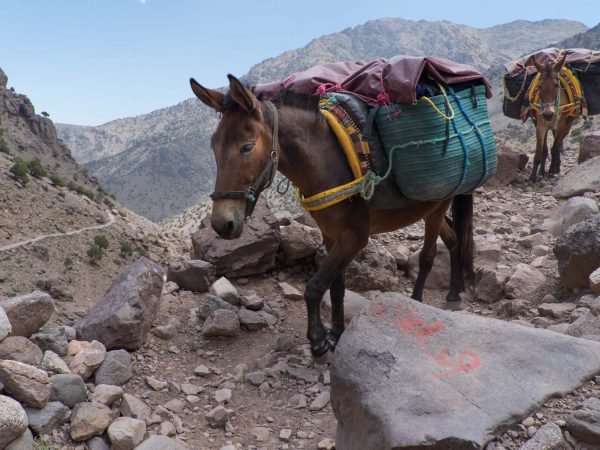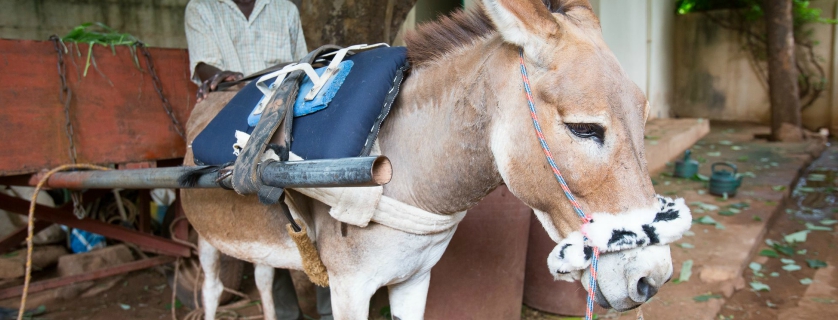
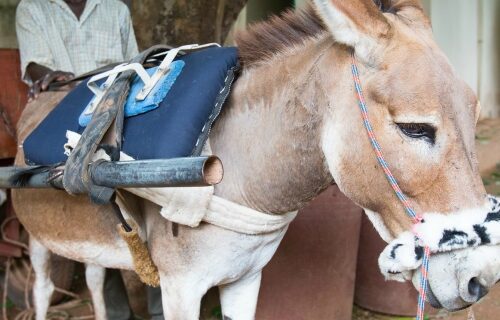
Comfortable harnesses can make all the difference
SPANA’s Veterinary Programme Advisor Hannah Davies regularly sees easily preventable injuries as a result of poorly fitted equipment like harnesses and bits. Read on to learn about the work of SPANA vets in providing care, education, and more comfortable equipment to working animals around the world.
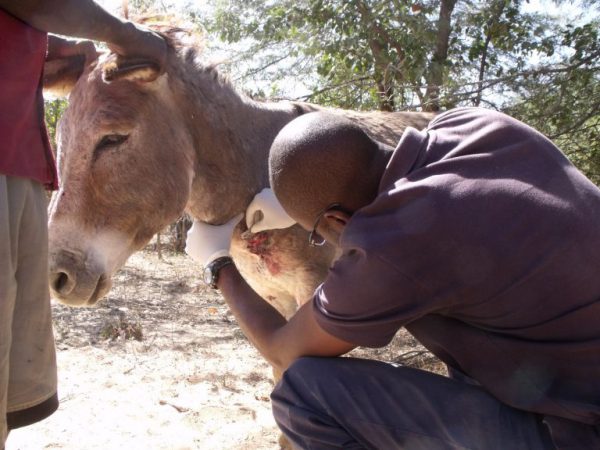
As a SPANA vet, one of the most common and challenging problems we face in the countries where we work, is harnessing. Harness wounds are a huge problem, caused by inadequately fitted and poorly made harnesses. If left untreated, these wounds cause constant pain and suffering as the animal goes about their day to day work.
These wounds are, however, not a result of neglect or cruelty, in fact it is often quite the opposite. Owners try their best to provide good harnessing; but a lack of harness education, lack of resources and little or no money stand in their way. As a result, harnesses are often cobbled together, made from anything that can be found… the best they can do, but sadly not the best for the animal.
This is where SPANA can help. Our vets have the knowledge and expertise to treat these harness wounds at the SPANA clinic, alleviating the pain and illness caused. We also provide more suitable harness alternatives such as padded collars and saddle pads.
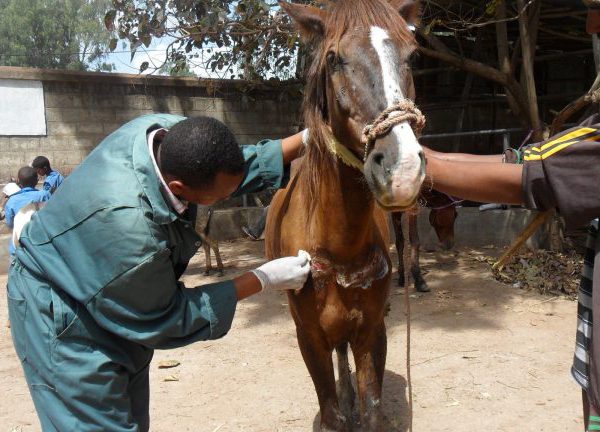
Through education and training, our vets teach owners how to fit harnesses properly and teach owners the importance of padding, particularly over bony prominences, such as the withers (the ridge between the shoulder blades). Our vets show owners how to check the harness each day and what to look out for if the harness starts to rub.
We don’t just stop there; SPANA also runs a ‘bit exchange’, where owners can exchange old, damaged bits for new ones, helping to prevent sores and wounds within the mouth.
With basic training, owners are able to understand the importance of good quality harnessing which goes a long way to improving the welfare of these animals.

